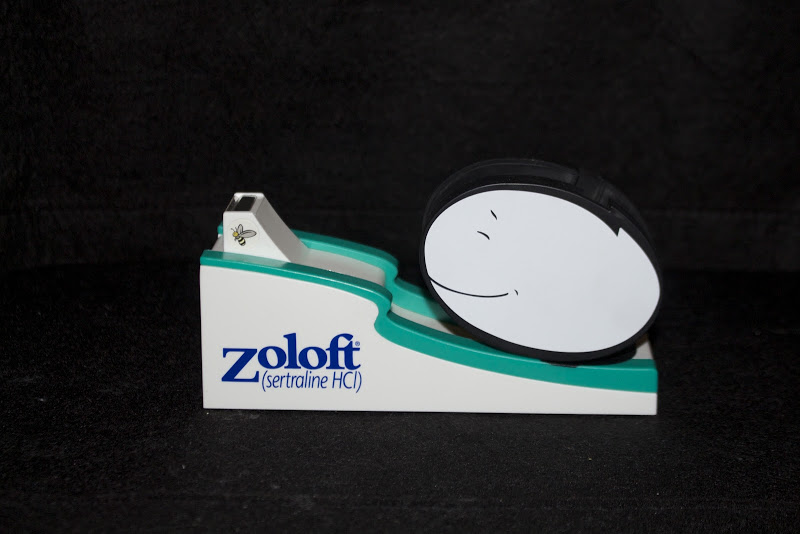Utilizing payment reports from 2014-2018, European researchers reveal potential conflicts of interest between leading pharmaceutical companies and national patient organizations. Pharmaceutical companies like Pfizer and Jannsen were found to have close ties to the patient organizations in disease areas that are linked to their drug portfolios. However, the researchers noticed a fundamental difference between pharmaceutical spending trends in Sweden and the US.
Past research has demonstrated that pharma companies have invested heavily in patient advocacy groups in the US related to mental health concerns, but in Sweden, these groups have received considerably less pharma funding. The researchers, Shai Mulinari and Andreas Vilhelmsson from the University of Lund in Sweden, and Emily Rickard and Piotr Ozieranski from the University of Bath in the United Kingdom, explain:
“In stark contrast [to the US], limited funding goes to organizations for patients facing other major public health challenges, such as mental illness, but for which there have been few or no recent drug launches.”

Pharmaceutical companies are known to influence medical research, through funding trials, ghostwriting study results, and manipulating academic journals. They also undermine government regulators by contributing to political campaigns. However, pharmaceutical companies also influence the practice of medicine by funding patient advocacy organizations, making them friendlier and less critical of industry practices.
In the US, industry funding had been particularly damaging in psychiatry and the broader mental health care arena. For example, both DSM IV and the DSM V have been criticized for panel members having financial ties with pharmaceutical companies.
Despite the efforts by the Swedish government to curb these conflicts of interest, commercially motivated industry funding continues to shape the work of organizations that are meant to protect and advocate for patients. To better understand the relationship between patient organizations and pharmaceutical companies in Sweden, the researchers sought conducted a descriptive data analysis of payment reports made by pharma to patient advocacy groups.
In their article, “Five years of pharmaceutical industry funding of patient organizations in Sweden: Cross-sectional study of companies, patient organizations, and drugs” the authors report that the practices of pharmaceutical companies in Sweden are similar to what has been published in the United Kingdom, the United States, Australia, Italy, and Finland. In short, companies fund patient groups in an attempt to increase sales of their drugs for particular disorders.
Using descriptive data analysis of payment reports from Sweden’s pharmaceutical industry’s trade group’s collaboration database, Mulinari and colleagues found that the pattern of disclosed payments closely mirrored trends in the United Kingdom and the United States. Sweden’s biggest pharma companies provided 67.9% (4,379,604 euros) of the 6,449,224 euros paid to these groups during the five years, with the top funding category being patient organizations. Pharmaceutical companies invested heavily in disease areas that aligned with their drug portfolios—in hopes that they would see a return on their investment in some form.
The authors found comparatively little funding for research-related activities. Instead, the pharmaceutical companies invested heavily in public involvement activities such as advocacy, disease awareness, and policy engagement. The majority of the funding went to groups associated with breast cancer, which received 37.5% of all payments throughout the study (2,419,186 euros). Those focused on musculoskeletal diseases received 444,717 euros (6.9% of all payments).
However, one key difference between Sweden and the States is the monetary and pharmaceutical focus on mental illness and mood disorders. The researchers found that out of the 1,337 reports they analyzed, with payments totaling 6,449,224 euros, very few payouts were given to patient advocacy organizations for ‘mental illness,’ perhaps highlighting a less medicalized social understanding of mental illness within Sweden and other European countries.
Groups associated with ‘mental illnesses’ received only 0.7% of all invested money (42,911 euros), with no money going to groups related to depressive disorders. However, the researchers note that a significant limitation of the study is the heavy reliance on information provided by companies without a method for independently verifying the data.
Though the study reveals widespread ties between Swedish patient organizations and drug companies, similar to that in the US, it also highlights the massive difference in pharmaceutical investment. In Sweden, the pharmaceutical industry invests much less in organizations related to mental health than the industry does elsewhere. In the US, for example, pharmaceutical companies invest heavily in mental health groups.
****
Mulinari, S., Vilhelmsson, A., Rickard, E., & Ozieranski, P. (2020). Five years of pharmaceutical industry funding of patient organizations in Sweden: Cross-sectional study of companies, patient organizations, and drugs. PloS one, 15(6), e0235021. (Link)














I find this interesting. It’s a “follow the money” type of article.
It seems to me, though, that any patient group agreeing to be funded by Big Pharma must have ethical issues that need to be addressed. I don’t think it’s OK for stuff like that to happen. It has gotten to the point where some “consumer advocacy” groups are completely industry-controlled and little more than front groups that issue confusing propaganda. This whole trend should be reined in and brought to an end.
Report comment